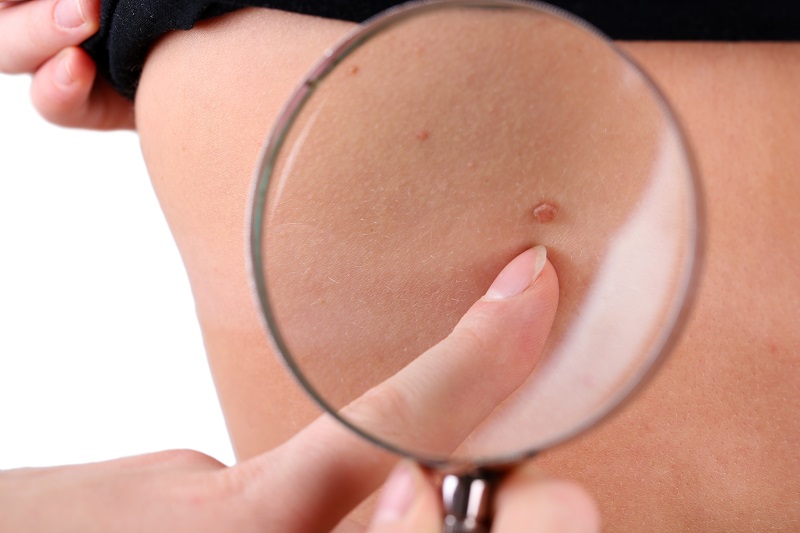While most forms of skin cancer are not life-threatening when treated early, the lesions typically present on the most visible parts of the body, including the head, face, and neck. Because they often require surgical excision, this can leave lasting effects on your appearance.
Fortunately, advancements in aesthetic medicine make it possible to restore a natural appearance to the treated areas. This allows patients to move on both physically and emotionally after the difficulties of skin cancer. Below we’re exploring what you can expect from skin cancer excision and reconstruction.
Common Excision Techniques
Mohs Surgery
Mohs surgery is considered the gold standard for surgical skin cancer removal. With this procedure, the surgeon will first remove the visible portion of the lesion. Next, the deeper layer of skin under the lesion is removed and divided into sections. This piece of tissue is examined under a microscope to see if there is any remaining cancer. This process is meticulously repeated layer-by-layer until there is no evidence of remaining cancer. Once the cancerous tissue has been completely removed, the wound is carefully stitched up.
Excision
The excision technique involves surgically cutting out the tumor or cancerous lesion, along with some surrounding tissue. The skin is then sutured back together.
Curettage and Electrodesiccation
This procedure is primarily used for lower-risk lesions. A curette, which is a thin instrument with a loop at the end, is used to scrape away soft tumor tissue. After the lesion is removed, an electric needle will be used to cauterize (burn) remaining cancer cells in the area. Because cauterizing the tissue seals off blood vessels and stops bleeding, the wound does not require stitches.
Options for Reconstruction
While all of these methods are effective ways of removing skin cancer, the main priority is removing cancerous tissue, with aesthetics being secondary. Although dermatologists and skin cancer surgeons do their best to maintain the aesthetics of the treated area, they’re usually not experts in reconstruction. This is why many dermatologists closely collaborate with plastic surgeons during skin cancer removal to ensure the best aesthetic outcome.
Facial plastic surgeon, Dr. Matt Hershcovitch, often works with Mohs surgeons and other skin cancer specialists to expertly restore the tissue after cancer has been removed. One of the most powerful techniques he uses is a “pedicle flap.” This is when skin is removed from an area near the skin cancer removal site and is folded over to cover the excision. It basically forms a “skin bridge” over the area to seamlessly blend in with the surrounding tissue.
Another effective technique used by Dr. Hershcovitch is skin grafting. With this technique, skin is taken from another part of the body and is carefully placed over the excised area. The blood supply is surgically attached to the new site so that the tissue is permanently transplanted.
If you’re considering your options for skin cancer excision and reconstruction, contact facial plastic surgeon Dr. Matt Hershcovitch. As a specialist in facial reconstruction, he can help you explore your full range of options for restoring form and function after skin cancer removal.

